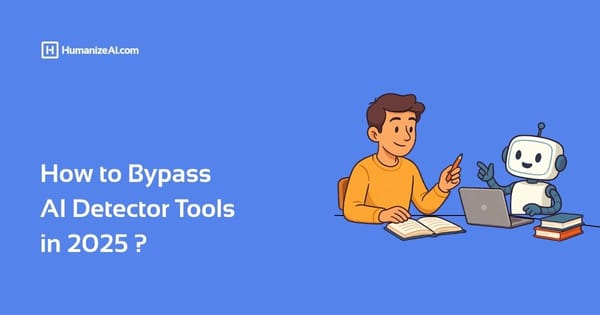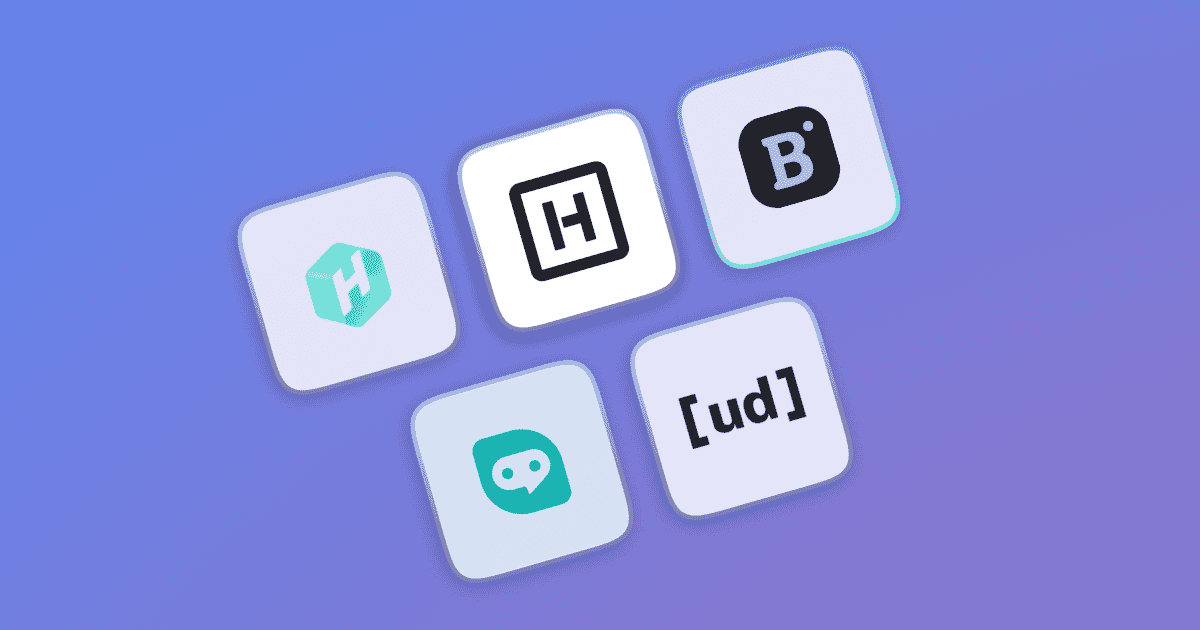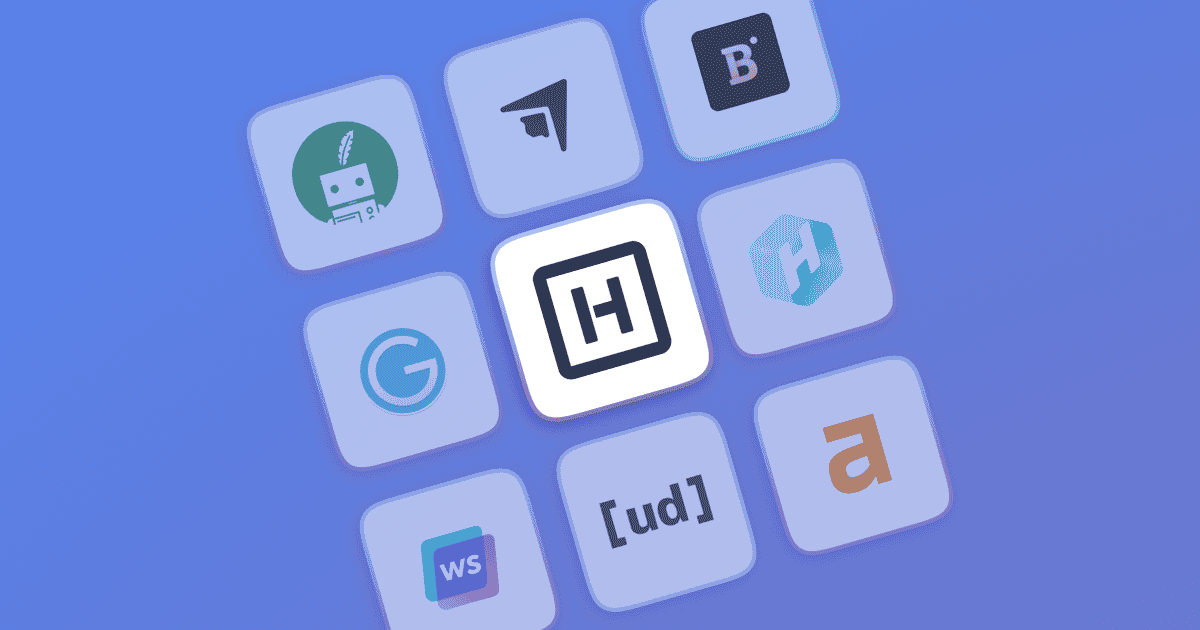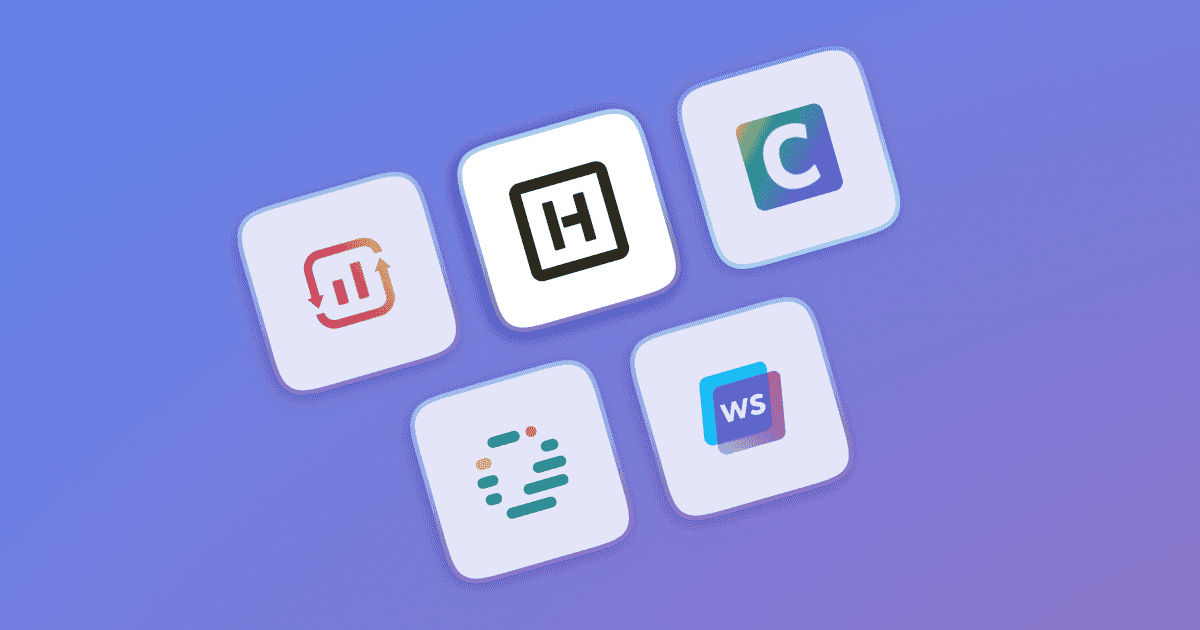How to Humanize AI Text for Academic Writing in 2025?
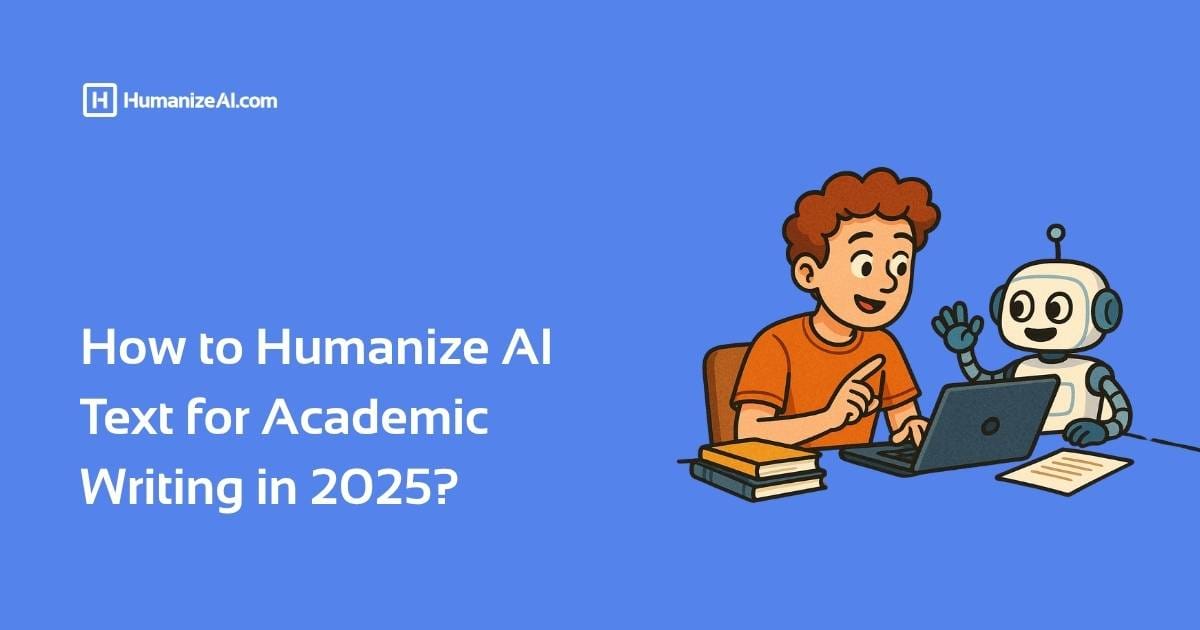
Artificial Intelligence has become a constant companion in academic work. AI-powered tools like ChatGPT, Claude, Gemini, and Perplexity can draft essays, research summaries, and reports in seconds. While these tools save time, their writing often lacks the depth, rhythm, and originality of a real human voice. Sentences may sound too uniform, transitions can feel stiff, and key ideas may come across as vague or repetitive. Professors and detection software alike can quickly spot these issues, leaving students and researchers at risk of rejection or penalties.
This is where humanizing AI-generated text becomes essential. By refining drafts, adding personality, and ensuring proper academic tone, you turn machine output into authentic writing that carries weight. Humanizing is not about tricking the system, but about bringing back nuance, variety, and credibility. It helps your work stand out, makes your arguments more persuasive, and ensures your writing feels like it belongs in an academic setting.
In 2025, the importance of humanizing AI text has only grown. Institutions are tightening their rules, detection tools are getting smarter, and readers are more sensitive than ever to robotic writing. In this guide, you’ll learn practical methods to humanize AI text manually, with free tools, and with advanced platforms like HumanizeAI.com. We’ll cover how to avoid detection, strengthen academic integrity, and stay ahead of evolving standards so that your work feels genuinely yours and ready for the future of academic writing. Many students now also rely on best AI humanizer tools to refine drafts into polished academic writing.
Humanized vs. Raw AI Text (2025 Academic Writing)
| Aspect | Raw AI Text | Humanized AI Text | Why It Matters for AEO/SEO |
|---|---|---|---|
| Sentence Structure | Uniform, repetitive | Varied, natural rhythm | Search engines prefer natural flow |
| Tone & Voice | Robotic, generic | Persuasive, authentic | Builds credibility and trust |
| Detection Risk | High – flagged by AI detectors | Low – patterns adjusted | Safer for academic use |
| Engagement | Low – hard to follow | High – relatable and clear | Improves dwell time and rankings |
| Academic Integrity | Shallow, lacks critical thinking | Adds analysis, originality | Meets institutional standards |
Humanized AI text clearly outperforms raw AI output across every dimension that matters in 2025. Whether you’re aiming to avoid detection, engage readers, or meet academic standards, the difference lies in refinement. Search engines also reward humanized writing because it reads more naturally and provides answers in a format better suited for AEO and SEO visibility. Improved results also come from applying ways to make AI-generated text more human.
Practical Ways to Humanize AI Text in Academic Writing
If you’re using AI to draft essays or reports, remember that the raw text usually sounds flat and robotic. The good news is you can fix this with a few simple techniques that make your writing sound more natural and academic.
Rewrite Mechanical Sentences
AI often creates sentences that feel too similar or repetitive. Read your draft out loud—if it sounds stiff, rewrite by mixing short and long sentences. Add words like however, for example, therefore, to help the flow feel more natural.
Replace Generic Phrases
Phrases like in today’s world or it is important to note show up a lot in AI writing. Swap these for subject-specific terms or precise wording. This small change makes your work sound smarter and more credible.
Add Human Examples and Context
AI can’t bring in real-life experience, but you can. Insert personal insights, classroom references, or relevant case studies. These touches not only make the text engaging but also harder for detectors to flag.
Make It Easy to Scan
Professors and search engines both prefer clear structure. Use short paragraphs, subheadings, or even a table if it helps. Answer common questions directly, because this makes your writing more likely to show up in search results.
Show Your Own Thinking
The most important part is to add your own analysis. Instead of just presenting information, explain why it matters, compare different views, or suggest implications. This kind of critical thinking proves your work is genuinely human.
Manual vs Tool-Based Humanization: What Works Best?
In academic writing, both manual refinement and tool-based support have their place. Manual editing ensures originality because you’re directly applying your own reasoning and voice. It’s irreplaceable for adding critical thinking and discipline-specific insights that AI can’t generate.
On the other hand, tool-based approaches save time by fixing mechanical sentence patterns, detecting plagiarism, and adjusting readability. For students balancing deadlines, these platforms act as safety nets, ensuring drafts are polished and detection-proof before submission.
The strongest results often come from combining the two: start with AI-generated drafts, apply manual editing for nuance and credibility, and finish with tools for polish and consistency. This layered process not only bypasses AI detectors but also ensures your writing meets SEO and AEO standards by delivering both clarity and authority. Strong consistency also comes from using the best humanize AI tools.
Top 5 AI Tools for Humanize AI Text in 2025
| Tool | Best For | Standout strengths | What to watch |
|---|---|---|---|
| HumanizeAI.com | All-round academic + professional use | Natural flow; Balanced/Ultra modes; built-in detector, plagiarism, grammar, SEO/AEO helpers | Full suite can feel heavy if you only need quick rewrites. |
| QuillBot | Students needing a free/entry-level option | Strong paraphrasing, grammar checks, citation support; widely used in academia | Humanization is surface-level; best for short rewrites, not deep analysis. |
| Humbot AI | Students who want simple “paste → humanize” + study tools | Clear UI; “show changes” mode; plagiarism + grammar helpers | Can oversimplify complex academic prose, reducing depth. |
| BypassGPT | Fast checks before submission | Multiple rewrite modes; instant detection feedback | Effectiveness varies across strict detectors; needs manual proofing. |
| HIX Bypass (HIX AI) | Agencies, researchers, and multilingual projects | Humanizer within a full writing/SEO suite; works in 50+ languages | Price and complexity higher; partial results on some detectors. |
| Undetectable AI | Writers, job seekers, and professionals | Humanizer combined with AI detector and resume/job tools | Quality can be inconsistent; better for short sections than long-form papers. |
Why these tools matter
These five are repeatedly tested in 2025 as the most reliable AI humanizers. They balance what matters most:
- Academic safety (passing detectors + plagiarism checks)
- Readability (flow, clarity, natural tone)
- Bypass strength (avoiding generic AI “footprints” like robotic phrasing)
- Flexibility (working for both students and professionals in multiple contexts)
Quick recommendations
- Budget/Free use → Start with QuillBot, but don’t rely on it for final drafts.
- For graded assignments & reports → Use HumanizeAI or Humbot AI, since they combine humanization with plagiarism + grammar checks.
- For last-minute safety checks → BypassGPT is quick, but always revise manually.
- For large/multilingual projects → HIX Bypass handles scale better.
- For professional/job-related writing → Undetectable AI adds career-focused utilities like CV and resume support.
That’s how you consistently pass stricter 2025 checks, boost SEO/AEO visibility, and keep academic integrity intact. Broader strategies can also be explored with best content optimization tools.
Pro Tip: The winning workflow isn’t just about the tool — it’s about the process:
AI draft → Tool humanizer → Manual edit → Plagiarism + AI detection check → Final polish.
Which AI Humanizer is the Best in 2025?
Among all the available options, Humanize AI (also known as HumanizeAI.com) stands out as the best Free Humanize AI Text tool in 2025. Unlike lighter tools that only paraphrase sentences, Humanize AI combines Balanced and Ultra rewriting modes, a built-in plagiarism checker, grammar corrector, and AI detector in a single platform.
This makes it especially effective for academic writing, where both originality and authenticity are essential. HumanizeAI.com not only bypasses detection but also ensures that your text reads smoothly, engages readers, and aligns with scholarly standards. It is designed to improve sentence rhythm, refine tone, and add the polish needed to pass strict academic and professional reviews.
The strength of HumanizeAI.com lies in its ability to save time without sacrificing quality. Students can refine essays and reports, researchers can humanize literature reviews and journal submissions, and professionals can polish articles, reports, or blog posts. By combining automation with depth, HumanizeAI.com ensures your work feels genuinely human and academically credible.
For other options, students may consider top undetectable AI alternatives.
How to Humanize AI Text Using Humanize AI
Using HumanizeAI.com is straightforward. You can take raw text from ChatGPT, Claude, Gemini, or any other generator and turn it into 100% undetectable, natural-sounding content in just a few steps.
Step 1: Paste Your AI-Generated Text
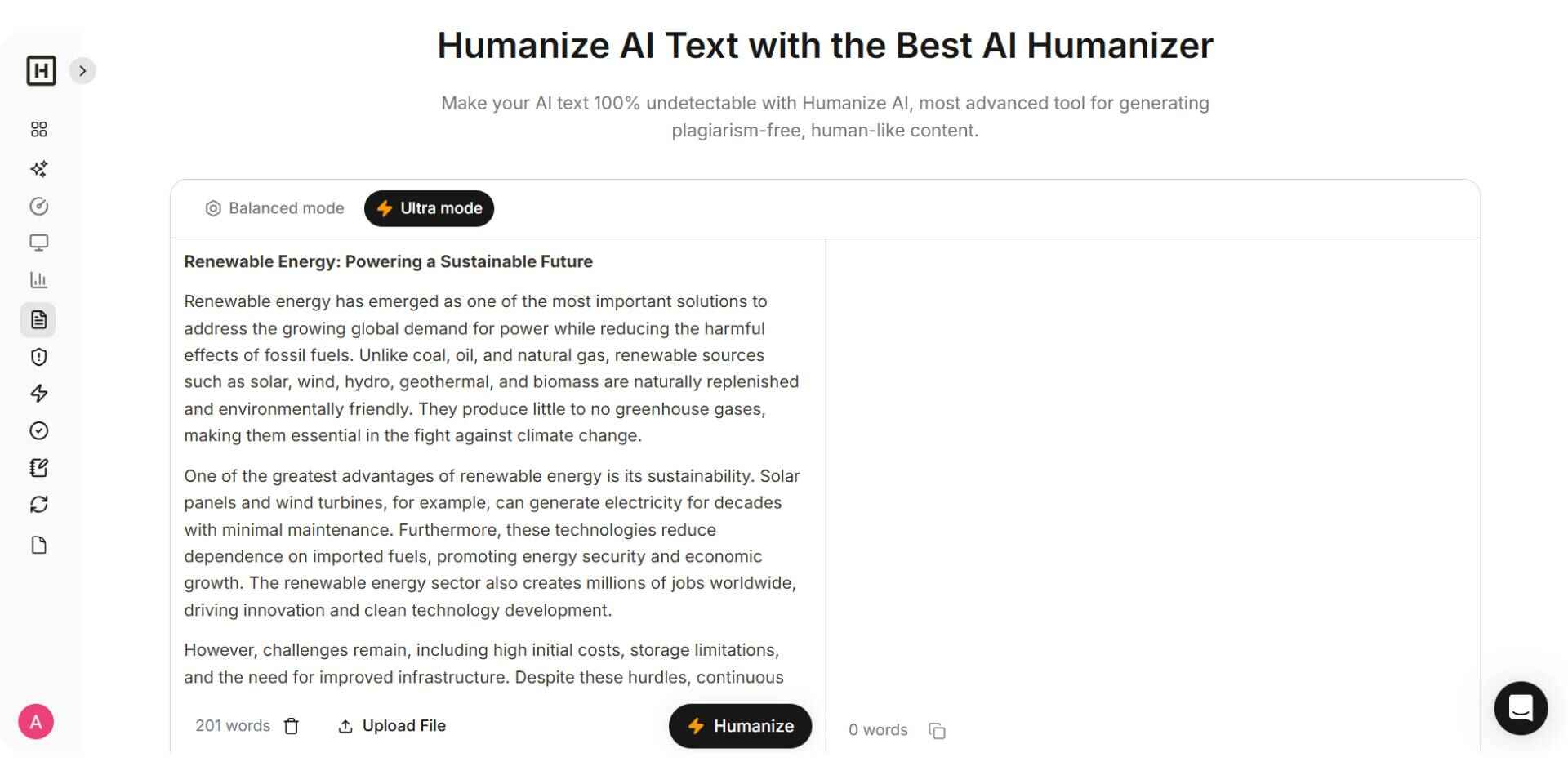
Copy the draft you created with ChatGPT or another AI and paste it into the HumanizeAI.com's AI Humanizer input box.
Step 2: Choose Your Mode (Balanced or Ultra)
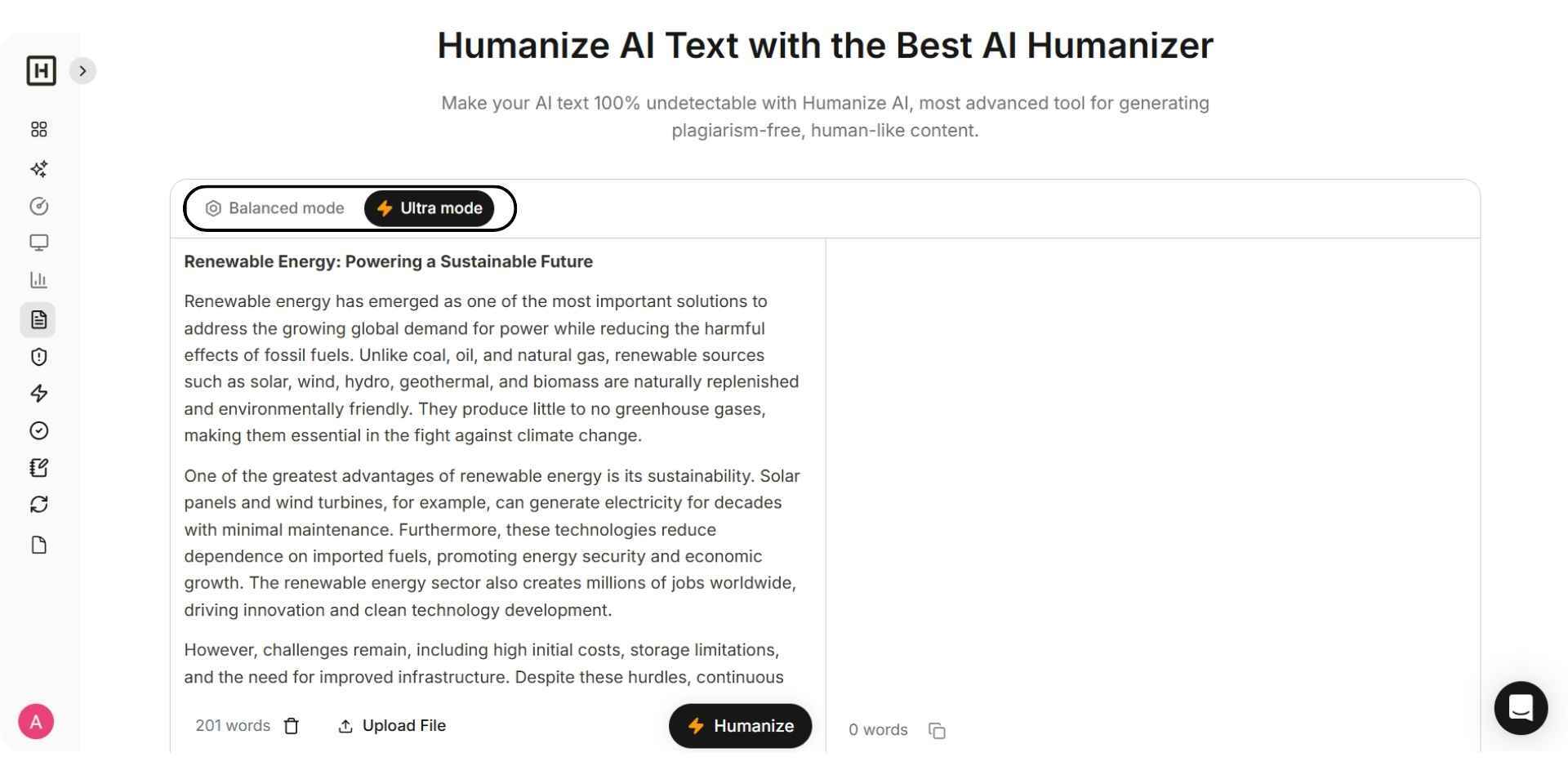
- Balanced Mode → Light edits, keeps close to original while smoothing flow.
- Ultra Mode → Stronger rewrite designed to bypass strict AI detectors.
Step 3: Click “Humanize”
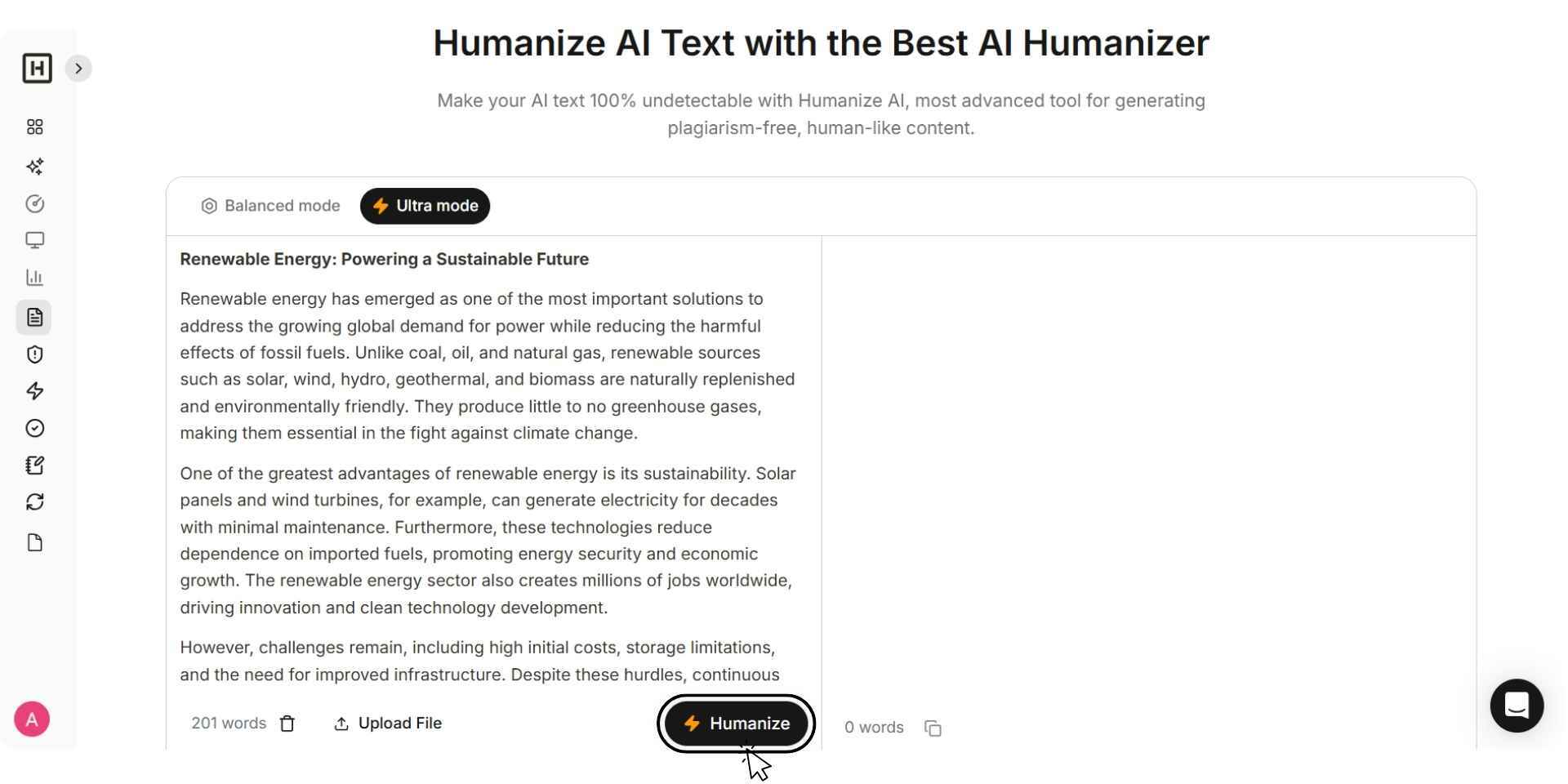
Hit the Humanize button. In a few seconds, the tool will generate a refined version of your text that sounds more natural, academic, and human-like.
Step 4: Review and Compare
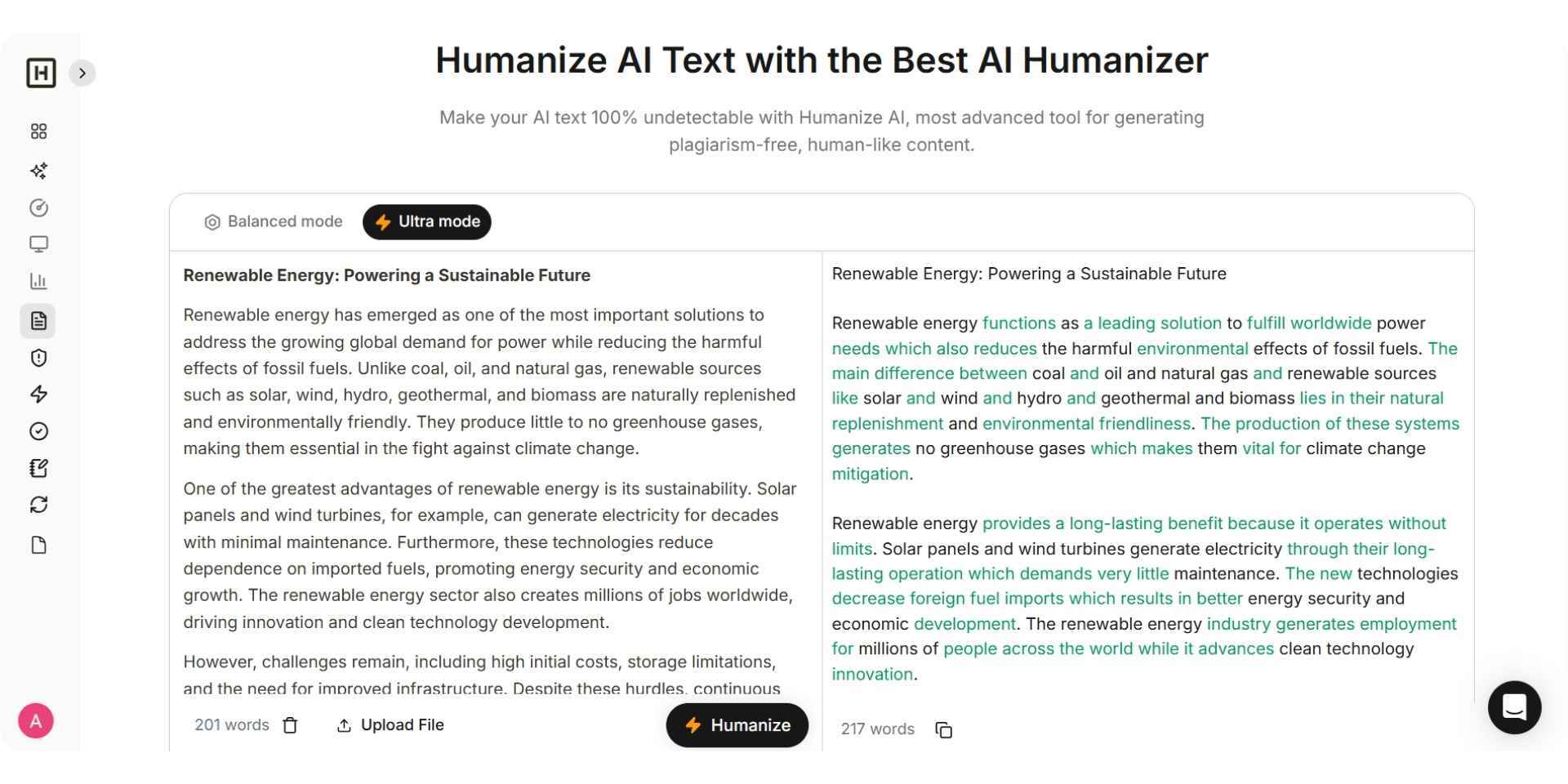
Humanize AI lets you compare the original text against the improved version. Check sentence rhythm, tone, and clarity before finalizing.
Step 5: Copy & Use Your Text
Once satisfied, copy the humanized output. You can use it directly in essays, research papers, or professional documents. For maximum safety, you can also run a quick plagiarism or AI detection check within the platform.
Pro Tip: Use Ultra Mode for stricter academic environments or when you know your work will be scanned by advanced AI detectors. Balanced Mode works best for lighter edits where readability and tone are the priority.
AI Detection in 2025: Can Humanized Text Still Get Caught?
AI detection tools in 2025 have become far more advanced than a year ago. Turnitin, GPTZero, and Originality AI all use sentence rhythm, burstiness, and probability patterns to flag AI writing. While raw ChatGPT text often fails these checks, humanized content has a much higher success rate.
What You Need to Know
- Raw AI text = high risk. Even if it sounds okay, detectors spot uniformity and lack of variation.
- Humanized AI text = safer. Adjusted sentence patterns and added critical thinking make it harder to flag.
- No tool is 100%. Even the best humanizers can occasionally trigger detectors, especially on long, technical academic texts.
How to Stay Safe
- Run your text through Humanize AI in Ultra Mode for strict bypass.
- Add manual edits—examples, insights, or field-specific terms.
- Use plagiarism + AI detection checkers before submission for peace of mind.
In practice, well-humanized text not only passes AI detectors but also reads better to professors, reviewers, and search engines. Many academic writers also pair this approach with best generative engine optimization tools and AI search visibility tools.
Why Humanizing AI Text Matters in 2025
Humanizing AI writing isn’t just about bypassing detection—it’s about making academic work credible, persuasive, and future-proof. In 2025, four key reasons stand out:
Detection Pressure
Universities, publishers, and academic platforms now run AI detectors alongside plagiarism checkers. Even factually correct drafts get flagged for robotic tone or repetitive phrasing. Without humanization, a well-researched essay or paper may be rejected before it’s even reviewed.
Reader Trust
Academic writing thrives on credibility and authority. Robotic text makes professors, peers, or reviewers question originality and effort. Humanized writing, on the other hand, conveys nuance, rhythm, and voice, qualities that invite trust and engagement.
SEO & AEO Benefits
Today, academic work is often published online, in repositories, or even summarized in AI-driven platforms. Search engines and answer engines prioritize natural, concise, and semantically rich responses. Humanized text has a higher chance of appearing in featured snippets, “People Also Ask” results, and AI Overviews, boosting both visibility and impact. Many researchers also benefit from applying best answer engine optimization tools.
Academic Integrity
Humanization goes beyond rewriting, it ensures your work reflects critical thinking, originality, and contextual awareness. By adding analysis, examples, and discipline-specific insights, you strengthen not just detection-proofing, but also scholarly rigor.
Academic Use Cases: Humanizing AI Text
Humanizing AI text plays a different role depending on whether you’re a student, researcher, or educator:
- Students → Transform AI-generated drafts into plagiarism-free essays. Replace filler with subject-specific terms, citations, and examples. Professors are more likely to reward writing that shows human effort and engagement.
- Researchers → Refine literature reviews, abstracts, and journal submissions. AI can provide a foundation, but humanization adds the depth, context, and academic voice that top journals demand.
- Educators → Teach students to distinguish between raw AI output and humanized writing. Use it as a tool to encourage proper workflows: AI draft → Humanization → Manual analysis → Final polish.
Conclusion
AI tools such as ChatGPT, Claude, and Gemini are powerful for generating drafts, but in academic writing raw AI text is never enough. In 2025, universities and publishers apply stricter rules, detectors are more advanced, and readers are quick to notice robotic phrasing. The essential step is humanization, transforming machine-generated drafts into authentic, natural, and credible writing.
Whether through manual editing, free platforms like QuillBot, or advanced solutions such as HumanizeAI.com, the objective is always to make the work sound genuinely human. Adding personal insights, refining tone, and ensuring originality creates text that not only passes AI detection but also builds trust and academic value.
The most reliable process combines the strengths of both human effort and technology: generate a draft with AI, refine it through a humanizer, add your own analysis, verify it with plagiarism and detection tools, and finish with a final polish.
By following this approach, academic writers can confidently meet the standards of originality, clarity, and authority that define successful scholarship in 2025.
FAQs
How to humanize AI text for academic writing in 2025?
Use a mix of manual edits (adding examples, citations, and critical thinking) and AI humanizer tools like HumanizeAI.com. This ensures your essays sound natural, plagiarism-free, and pass detection checks.
How to humanize AI content for free?
Free options like QuillBot or Grammarly can smooth out grammar and tone. However, for essays and research papers, premium tools are more reliable for bypassing AI detectors.
Can Google detect AI content in 2025?
Yes. Google uses advanced pattern analysis and semantic checks to spot robotic writing. Humanizing your text with varied sentence flow, context, and originality helps avoid penalties.
How to humanize AI content manually?
Read aloud, rewrite mechanical sentences, replace generic phrases, and insert your own insights. Manual editing adds authenticity that no tool can fully replicate.
How to humanize AI content in ChatGPT?
Ask ChatGPT to “rewrite in a more natural, academic tone” or “add critical analysis.” Then polish the draft yourself or run it through a humanizer such as HumanizeAI.com's AI Humanzier for safety.
How to humanize AI writing without detection?
Use HumanizeAI.com in Ultra Mode, add discipline-specific terms, and verify with plagiarism + AI detectors before submission.
What’s the best AI humanizer tool in 2025?
HumanizeAI.com leads with Balanced and Ultra modes, plagiarism checks, and an integrated detector. Humbot AI and Undetectable AI are strong alternatives.
What tools check AI-generated essays?
Turnitin, GPTZero, and HumanizeAI.com's built-in detector are commonly used in universities. These tools scan for repetition, unnatural patterns, and probability mismatches.
